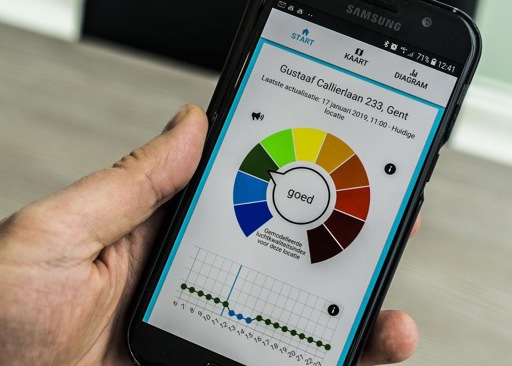Belgium is adapting its BelAQI index to the latest recommendations of the World Health Organization (WHO) to better assess the quality of the air breathed in the country.
The new index will be applied from the first week of November, the interregional cell for the environment, Celine, and the three regional administrations in charge of the environment announced on Tuesday.
Used by the Flemish Environment Agency, the Walloon Air and Climate Agency and Brussels Environment, the BelAQI index evaluates the air quality in the three Belgian regions on a daily and hourly basis. It varies between 1, which indicates excellent air quality, and 10 for extremely poor air.
The index is based on the concentrations of four pollutants present in the air: PM2.5 (fine dust with a diameter of less than 2.5 micrometres), PM10 (fine dust with a diameter of less than 10 micrometres), nitrogen dioxide (NO2) and ozone.
In September 2021, based on new scientific studies, the WHO defined new, lower thresholds for concentrations of these pollutants beyond which adverse health effects occur. As a result, the three regions decided to adapt the BelAQI.
The concentration scale of 1 to 10 is maintained. If the index is less than 6, this indicates that the values recommended by the WHO to protect the population from the short-term effects of air pollution are met. If the index is below 3, the recommended long-term values are also met.
Developed by Celine, this index is used to inform citizens about air quality via the websites and applications of the various regional environmental administrations.

